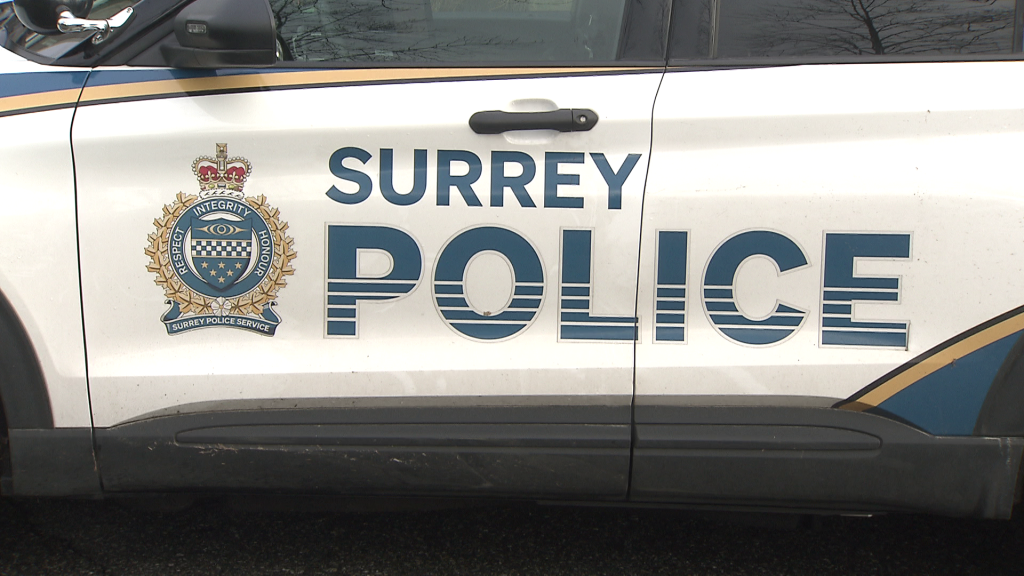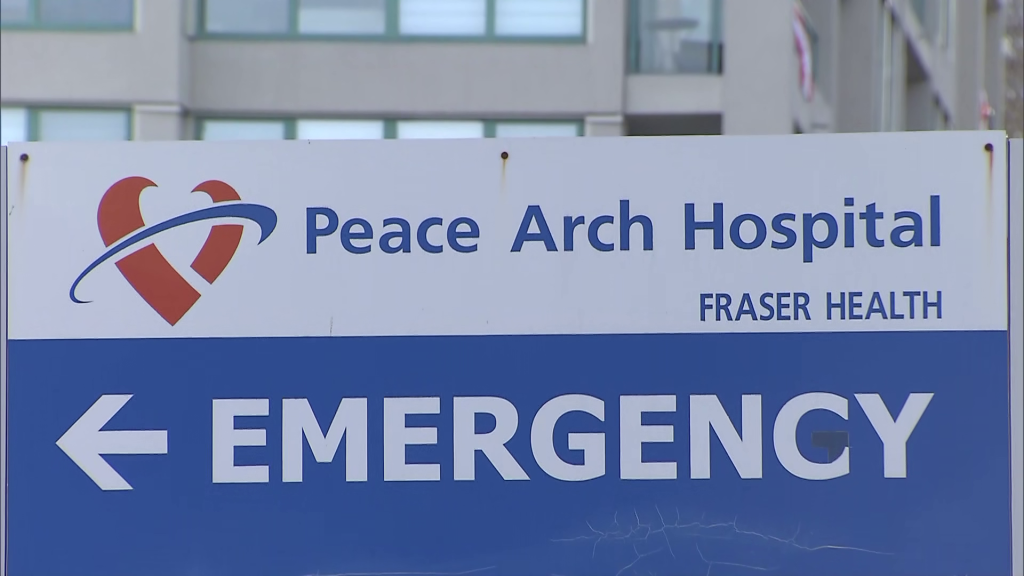B.C. wildfires rage on, 8 Lytton First Nation reserves under evacuation orders

Posted August 23, 2023 6:42 am.
Firefighters in British Columbia’s southern Interior continue to battle a number of significant wildfires even as cooler, wetter weather is anticipated in the region.
The BC Wildfire Service says 120 wildland firefighters and 105 structural firefighters are deployed at the Bush Creek East blaze in the Shuswap region, while heavy smoke in the area continues to prevent the use of fixed-wing water bombers to combat the fire.
The Columbia Shuswap Regional District confirmed Tuesday that the fire has forced the evacuation of 11,000 people and destroyed buildings such as the firehall at Scotch Creek.
Environment Canada had issued a severe thunderstorm watch for the area late Tuesday, calling for possible heavy downpours as well as lightning overnight.
Related Artiles:
-
Some Canadians affected by wildfires would consider moving: study
-
Over 600 migrant farm workers displaced by Okanagan wildfires
-
Non-essential travel restrictions lift for most of B.C.’s southern Interior
The forecast calls for rain to possibly continue later today, with a daily high temperature of 18 degrees and a 70 per cent chance of showers in the afternoon lasting through early evening for communities like Salmon Arm.
The wet weather, however, is forecasted to be accompanied by possible lightning and wind gusts northward up to 50 kilometres per hour.
Rain is also expected today in Kelowna, with a 60 per cent chance of showers aiding firefighters combating the McDougall Creek fire near the city, while the province has lifted travel restrictions to most communities in the southern Interior other than West Kelowna.
Meanwhile, eight Lytton First Nation reserves have been placed under an evacuation order.
Residents were told Tuesday night they had to leave their homes immediately. A gathering centre in Lillooet has been set up for the evacuees.
The Stein Mountain fire is threatening areas 4A to F, 5A and 33. It includes Nicklepalm 4, Seah 5, and Nesikep 6 and 6A.
As of Tuesday night, the Stein Mountain fire sits at a little over 1,400 hectares in size.
Yellowknife mayor says it’s too unsafe to return
The mayor of Yellowknife says it’s not safe for residents to go home to the territorial capital, but she notes city officials are working on a return plan.
A fire continues to burn about 15 kilometres away from the city.
Most of the 20,000 residents left by air or road late last week to cities and towns as far south as Calgary and as far east as Winnipeg.








